Moon Jar
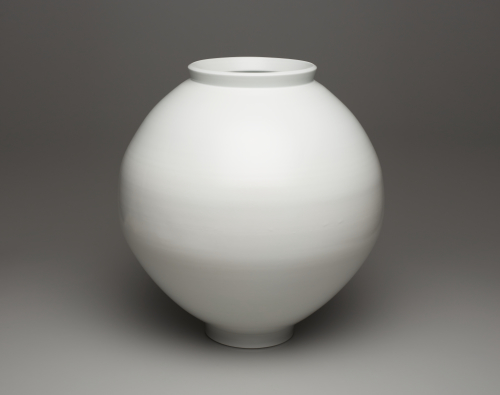
Kim Yikyung, Moon Jar, 2017, porcelain, Museum Purchase: Funds provided by Asian Art Auction Proceeds, © unknown, research required, 2017.53.1
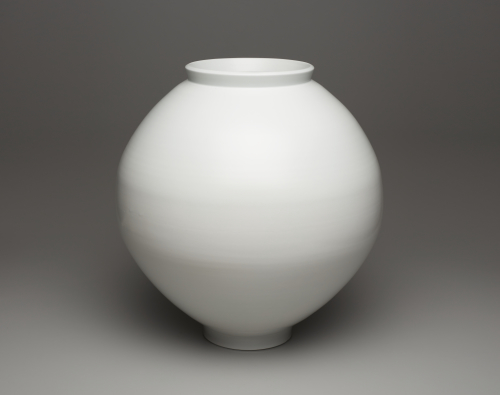
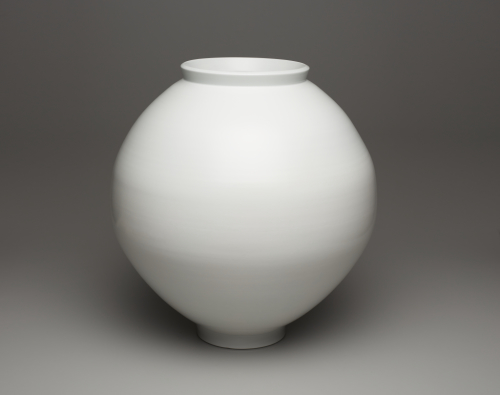
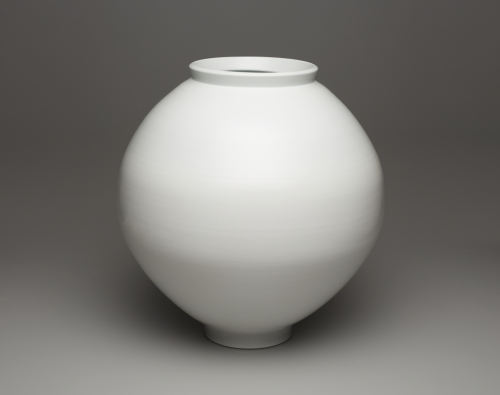
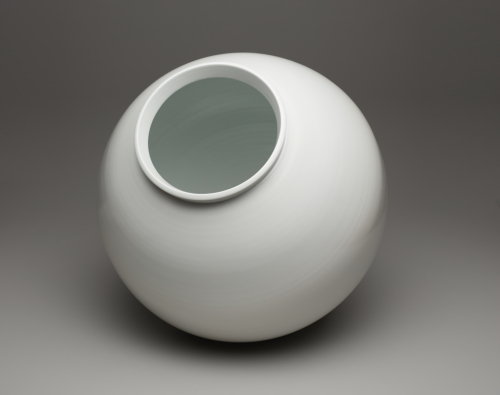
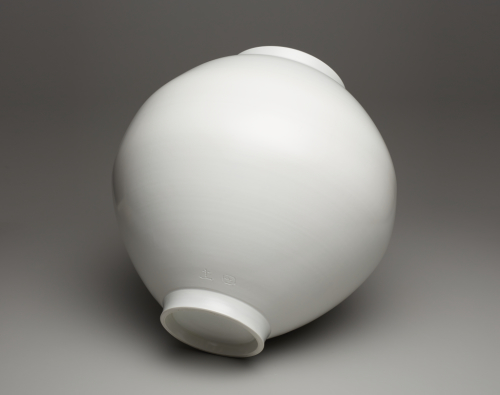
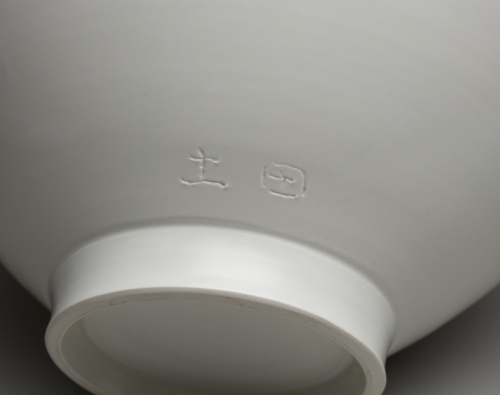
This work is not currently on view.
- Title
Moon Jar
- Related Titles
original language: 달항아리
- Artist
- Date
2017
- Medium
porcelain
- Dimensions (H x W x D)
19 1/2 in x 18 11/16 in
- Collection Area
Asian Art
- Category
Ceramics
Modern and Contemporary Ceramics
- Object Type
jar
- Culture
Korean
- Credit Line
Museum Purchase: Funds provided by Asian Art Auction Proceeds
- Accession Number
2017.53.1
- Copyright
© unknown, research required
- Terms
Kim Yikyung is one of the most respected ceramic artists in Korea. Having lived through the Japanese occupation (1910–1945) and the war of 1950 to 1953—turbulent times when Korean traditions were disregarded or lost— her goal has been to restore and reinterpret the classical tradition of Korean porcelain.
The dalhangari (moon jar) is considered the most beautiful type of vessel among the many white porcelain wares of the late Joseon period. Named for its shape, it resembles the brilliant full moon. The jar is created by throwing two large bowls that are then luted together and completed with a strong foot. All too often, the upper half slips off center during firing: it takes exceptional skill to throw the two halves of the same density and size. As amply demonstrated here, Kim has mastered this demanding technical challenge.
Graceful but substantial, this moon jar is slightly elongated, with gently sloping walls and just enough surface texture to emphasize the material qualities of the clay and how it has been handled. These subtle variations of proportion and contour are typical of Kim’s practice.
Kim is one of the most prestigious and respected ceramic artists in Korea. Having lived through the Japanese occupation (1910–1945) and the Korean War (1950–1953)—turbulent times when Korean traditions were disregarded or lost entirely—Kim's goal has been to restore and reinterpret the classical tradition of Korean porcelain.
The dalhangari (moon jar) is considered the most beautiful type of vessel among the many varied white porcelain wares of the late Joseon period. The jar is so-named because of its shape, which resembles the brilliant full moon. The jar is fashioned by throwing two hemispherical parts separately and then luting them together. All too often, the upper half slips off center during firing: it takes exceptional skill to throw the two halves of the same density and size. As amply demonstrated by this jar, Kim has mastered this demanding technical challenge.
- Exhibitions
2022 Shades of Light: Korean Art from the Collection Portland Art Museum









